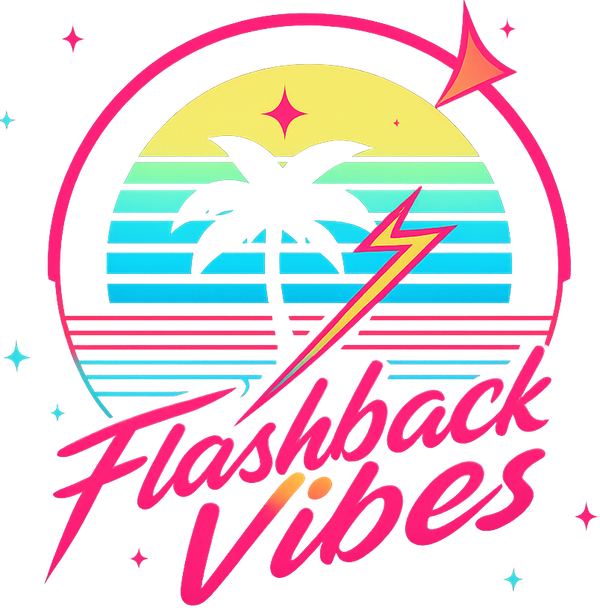1960s Interior Design Trends That Are Making a Comeback
Title: Swinging Back to the '60s: Retro Interior Design Trends Revived
1. Introduction
Picture this – it’s the 1960s, the Beatles are playing on the radio, a psychedelic lava lamp is lazily oozing on the TV console, and bold geometric patterns splash color on every surface. There’s an energetic exploration of new worldviews, unprecedented artistic expressions, and the vibrant, carefree spirit of a decade that broke tradition. Fast forward to today, and we’re seeing a nostalgic revival of '60s interior design trends that are taking over home decks and Pinterest boards. This article will transport you back to that era while giving tips on making a retro aesthetic part of your modern spaces.
2. Background Information
The 1960s was a culturally transformative era, propelled by revolutionary changes in societal norms and global events, such as the Civil Rights Movement, the Space Race, and the rise of counterculture. This period of upheaval and evolution had a lasting impact on the interior design scene.
Key influencers including American designer David Hicks and Danish furniture designer Arne Jacobsen, brought new and exciting bold patterns, innovative materials, and minimalist furniture to the living rooms, making it an eclectic time for interior design. These trendsetters offered an embrace of non-conformity and individuality that still influences contemporary popular culture.
3. Key Features & Nostalgic Impact
Three iconic features of the ‘60s interior design included bold geometric patterns, typographic wall art, and vibrant colors. Shiny plastics and molded plywood furniture also found a place in every home, symbolizing an embrace of the future and technological progress. The visual richness and audacious energy of these elements continue to inspire nostalgia today.
There's something uniquely comforting about the '60s design trends. Maybe it's the flashy patterns that bring back memories of grandparent's cozy homes, or perhaps the inventive designs that remind us of a time when people dared to dream big. These trends continue to thrive in the present day, with mid-century modern aesthetics making a comeback in homes and offices alike.
4. How to Incorporate Retro Trends into Modern Life
Want to add a touch of '60s charm to your home? Consider embracing bold patterns, such as geometric or psychedelic prints, in your wallpaper or add cushions in these designs to create a vibrant focal point.
Modern takes on vintage trends could include minimalist furniture with clean lines to reflect the mid-century modern look. Try adding a sleek Danish-inspired coffee table or tulip chairs to your living room to create that nostalgic charm.
Looking for authentic retro pieces? Visit eBay or Etsy for vintage finds, but ensure you know how to differentiate between an authentic vintage piece and a modern reproduction. Local antique stores and garage sales are also goldmines for era-specific items.
5. Tips & Fun Facts
Did you know that the lava lamp, a ubiquitous '60s decorative item, was initially named the Astrolight? Its unique design and mesmerizing flow might remind you of the carefree days of youth or the first time you watched a space-themed movie – a nostalgic feeling hard to resist!
Speaking from personal experience, incorporating a vintage teak sideboard in my living room not only became a great conversation starter but also added a warm, nostalgic vibe to my space.
6. Conclusion
As we’ve journeyed through the iconic '60s interior design trends, it’s clear that this was a decade that pushed boundaries and embraced bold new aesthetics. Its influence is still ingrained in today’s design landscape. Do you have a favorite ‘60s design element? How have you repurposed vintage pieces in your modern decor? Share your stories below and keep the nostalgia alive!
*Incorporate relevant keywords throughout the blog.
Link internally and externally to credible sources for SEO benefits.
In the meta description, use a phrase like "Step into the groovy world of 1960s interior design trends and learn how to revive them in your modern spaces."
Remember to approach the content with enthusiasm and nostalgia. Use exciting descriptions and maintain easy readability with short paragraphs and subheadings.
